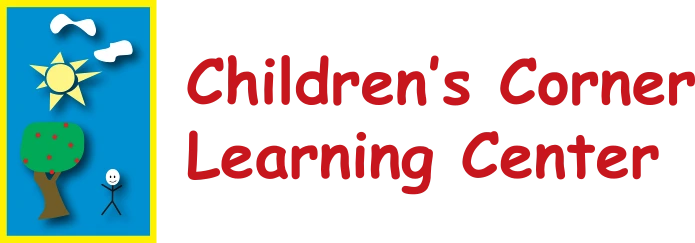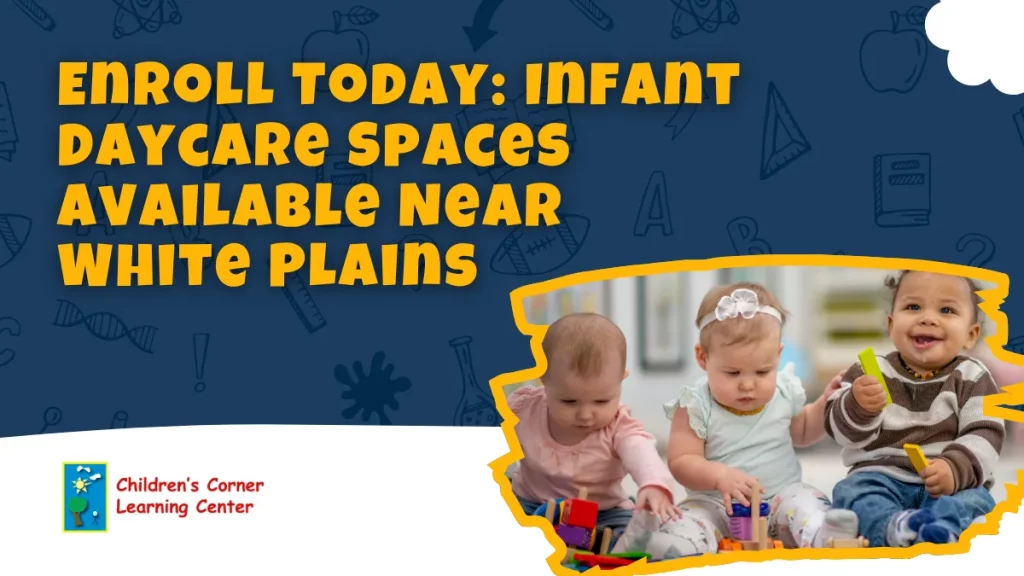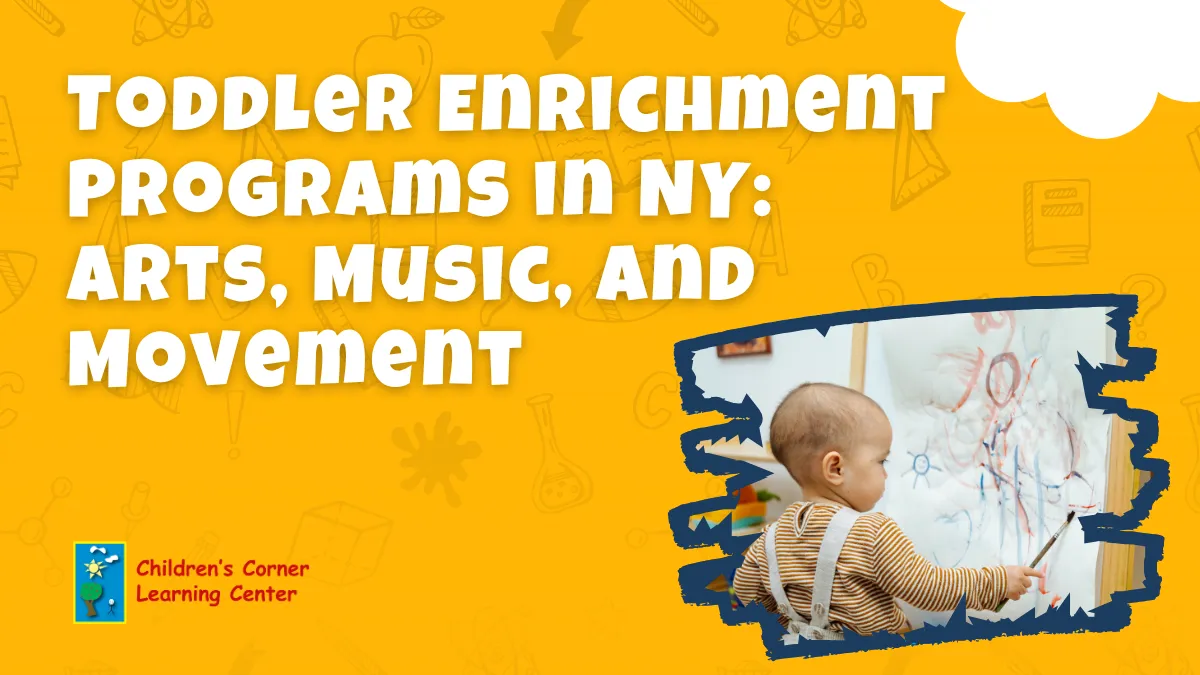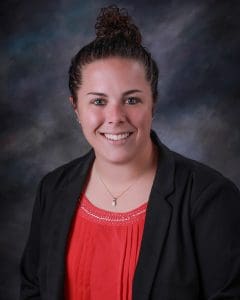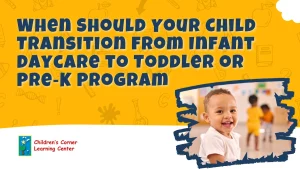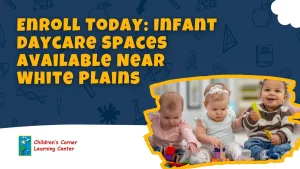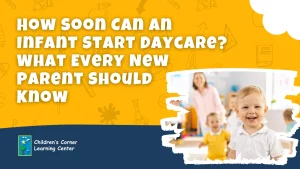Toddler learning programs with flexible schedules support families who need dependable care and structured early education. These programs combine a play-based curriculum with predictable routines, giving children a steady path for language, motor, and social development. Flexible options, such as part-time, extended-day, and adjustable start times, help parents align care with work hours while preserving consistency for children.
Small group sizes, attentive supervision, and age-appropriate activities create a calm environment where toddlers explore safely and build independence. Daily communication keeps parents informed about meals, naps, and milestones, and teachers adjust plans to reflect each child’s pace. The result is a reliable, development-focused experience that fits real family schedules.
Part-Time Toddler Daycare Schedule Options: How Flexible Care Works
Families choose part-time toddler daycare schedule options to blend dependable care with structured early learning. Flexible models keep children’s routines consistent while giving parents practical choices that align with work hours and family commitments.
Toddler Enrichment Programs in NY: Arts, Music, and Movement
Families in New York value enrichment that blends creativity with structured routines. Arts, music, and movement experiences introduce toddlers to new textures, sounds, and ways of expressing ideas while strengthening language, coordination, and confidence. Programs are planned in short, predictable blocks so children can explore safely and stay engaged.
Part-Time Toddler Daycare Schedule Options: How Flexible Care Works
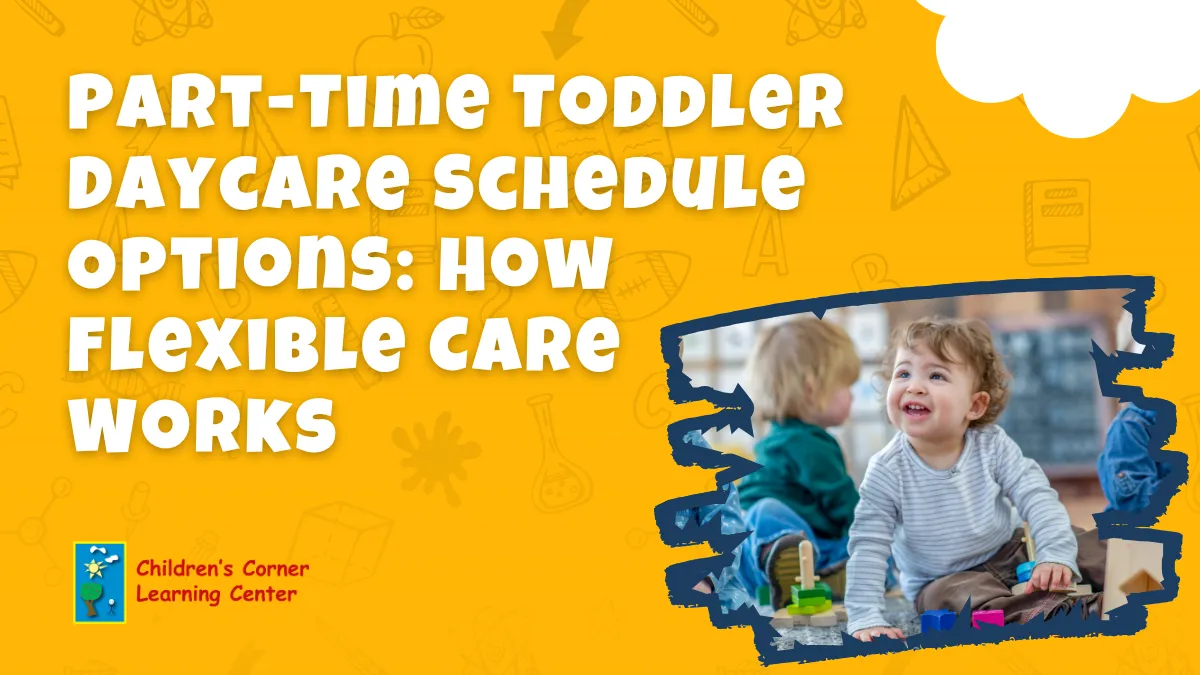
Families choose part-time toddler daycare schedule options to blend dependable care with structured early learning. Flexible models keep children’s routines consistent while giving parents practical choices that align with work hours and family commitments.
Available Schedule Models
Programs typically offer set patterns so toddlers benefit from predictable peers and teachers. Common options include:- Two or three days per week: Balanced classroom continuity with home time.
- Half-day mornings or afternoons: Focused learning blocks paired with home naps or activities.
- Extended half-day: Slightly longer sessions for added enrichment and social time.
- Alternating days on a set cycle: A repeating pattern that maintains group stability.
Consistency And Classroom Continuity
Consistency supports language, social skills, and self-regulation. Children see the same teachers and peers on their scheduled days, reducing separation stress and building trust. Classroom plans are mapped across the week so part-time learners encounter the same themes, routines, and learning invitations as full-time peers, adapted for on-site time.Daily Flow And Transitions
A typical half-day includes arrival routines, circle time with songs and language work, centers for hands-on exploration, outdoor play, and a calm close. Teachers pace transitions to match toddler attention spans, using visual cues and simple choices. Families receive guidance on arrival and pick-up windows to support smooth handoffs and predictable rhythms.Attendance Policies And Make-Ups
Clear attendance policies protect group stability. If a child misses a scheduled day, make-ups are confirmed in advance and depend on space and staffing. This approach maintains ratios and safeguards the quality of supervision. Holidays and program closures are shared on an annual calendar so families can plan.Tuition Structure And What’s Included
Part-time tuition reflects the number of days or half-days selected. Enrollment typically includes a play-based curriculum, materials, progress notes, and daily communication. Depending on site policy, families provide labeled snacks or follow the center’s nutrition guidelines. Any additional fees, such as registration or special events, are outlined during enrollment.Getting Started
Families choose a schedule, confirm availability, and share preferences for naps, snacks, and comfort items. Teachers review routines before the first day so classroom plans align with home practices, supporting a confident start and a steady experience throughout each week.Toddler Enrichment Programs in NY: Arts, Music, and Movement

Families in New York value enrichment that blends creativity with structured routines. Arts, music, and movement experiences introduce toddlers to new textures, sounds, and ways of expressing ideas while strengthening language, coordination, and confidence. Programs are planned in short, predictable blocks so children can explore safely and stay engaged.
How Arts Build Early Skills
Art invitations emphasize process over product. Children explore color, shape, and texture using washable paints, clay, crayons, and collage materials. Teachers model simple techniques and vocabulary—press, roll, dab, and swirl—while encouraging choice-making and fine-motor practice. Finished work is documented with dates and brief notes so families can see skills emerging over time.Music For Language And Social Growth
Music sessions focus on rhythm, repetition, and participation. Toddlers sing familiar songs, echo simple phrases, and explore a steady beat with shakers and drums. Call-and-response builds attention and turn-taking; quiet listening breaks reset energy between activities. Teachers connect lyrics to classroom themes to reinforce vocabulary and early comprehension. Core music elements include:- Vocal play and echo songs
- Instrument exploration with safe, toddler-sized options
- Movement cues (start/stop, fast/slow) for self-regulation
- Short listening moments to build focus
Movement For Coordination And Body Awareness
Movement activities help toddlers practice balance, spatial awareness, and bilateral coordination. Obstacle paths, beanbag tosses, and guided stretches are paced to match attention spans. Outdoor time adds uneven surfaces and larger motions, supporting strength and confidence in a supervised environment. Typical movement stations:- Balance blocks and soft stepping stones
- Tunnel crawls and low climbers
- Parachute play with group cues
- Toss-and-catch practice with soft balls
Planning, Safety, And Inclusion
Enrichment plans align with weekly classroom themes and developmental goals. Materials are age-appropriate and checked for safety; instruments and tools are cleaned between groups. Teachers adapt activities for different comfort levels, offering seated versions or hand-over-hand guidance when needed. Visual schedules and clear transitions support participation and reduce frustration.Family Communication And Take-Home Ideas
Progress is shared through photos, brief notes, and periodic skill summaries. To strengthen consistency, families receive simple ideas for home, such as naming colors during bath time, echo claps before dinner, or a short movement song at wake-up. These coordinated practices help toddlers transfer new skills across settings, building confidence through familiar routines and supportive partnerships.Toddler Curriculum vs Play-Based Programs: Finding the Right Balance
A strong toddler program blends clear learning goals with child-led exploration. This balance supports language, social growth, motor skills, and early self-regulation while keeping curiosity at the center of every activity.What A Structured Curriculum Provides
- Defined goals: Targets for language, early math, and social-emotional skills guide daily plans.
- Scope and sequence: Concepts reappear across weeks, so children practice in varied contexts.
- Predictable routines: Short whole-group moments set focus before hands-on exploration.
What Play-Based Learning Adds
- Intrinsic motivation: Choice and discovery keep toddlers engaged and curious.
- Social practice: Turn-taking, sharing, and problem-solving happen in meaningful situations.
- Creativity and persistence: Open materials invite trial, error, and flexible thinking.
How Balance Looks In The Classroom
Teachers link curriculum targets to play invitations that feel natural to toddlers. For example, a theme on “gardens” may pair a brief picture walk and vocabulary song with centers that extend ideas. Children rotate through hands-on stations that match attention spans and comfort levels. Sample balanced centers:- Sensory table: Soil, scoops, and seed pods for cause-and-effect play and new words.
- Blocks and shapes: Build garden beds while sorting and naming shapes.
- Dramatic play: Market stand with pretend produce for counting and conversation.
- Fine-motor studio: Stickers, crayons, and tongs to strengthen fingers for pre-writing.
Observation, Documentation, And Differentiation
- Focused observation: Notes capture new words, peer interactions, and fine-motor gains.
- Clear documentation: Photos, labels, and checklists show progress and inform planning.
- Right-sized supports: Materials are simplified or extended to meet individual needs.
Partnering With Families
- Transparent plans: Weekly themes and goals explain what children practice and why.
- Home connections: Simple ideas, such as naming shapes on a walk or sorting laundry by color, reinforce classroom skills.
- Consistent feedback: Regular updates align expectations and keep next steps clear.
Parent Communication, Progress Tracking, and Family Partnerships
Families receive clear information and steady collaboration. Communication is structured, predictable, and responsive so parents can see growth, ask questions, and align home routines with the classroom day.Daily Updates And Transparency
Teachers share summaries of naps, meals, diapering, and activity highlights, with notes on mood and new skills. Messages are concise and timely to support home planning. Photos or brief captions document participation without interrupting supervision, and important reminders, such as supply needs or calendar changes, are included to keep schedules organized.Progress Tracking And Documentation
Observation drives planning and family conversations. Growth is captured across language, social skills, and motor development using simple tools and consistent intervals.- Anecdotal notes: Short entries record new words, peer interactions, and problem-solving.
- Photo labels: Images are tagged with skills, dates, and context for clarity.
- Checklists and rubrics: Periodic snapshots show emerging, developing, or secure skills.
- Portfolio samples: Artwork and work photos illustrate fine-motor and pre-academic progress.
Conferences And Goal Setting
Scheduled conferences review recent observations, portfolios, and classroom goals. Teachers highlight strengths, describe next steps, and invite parent insights. Together, families and educators set two to three practical goals, choose strategies that fit the child’s temperament, and decide how progress will be monitored. Follow-up notes summarize decisions so everyone understands responsibilities and timelines.Two-Way Communication And Home Alignment
Open dialogue ensures consistency between home and school. Parents share updates on sleep, meals, health, and comfort items, while teachers adjust routines accordingly.- Preferred channels: Families select app messages, email, or brief in-person check-ins.
- Care preferences: Bottle prep, nap cues, and soothing methods are recorded and updated.
- Home extensions: Simple ideas—labeling colors at bath time or counting steps—reinforce classroom work.
- Timely responses: Questions receive prompt, respectful answers with clear next steps.
